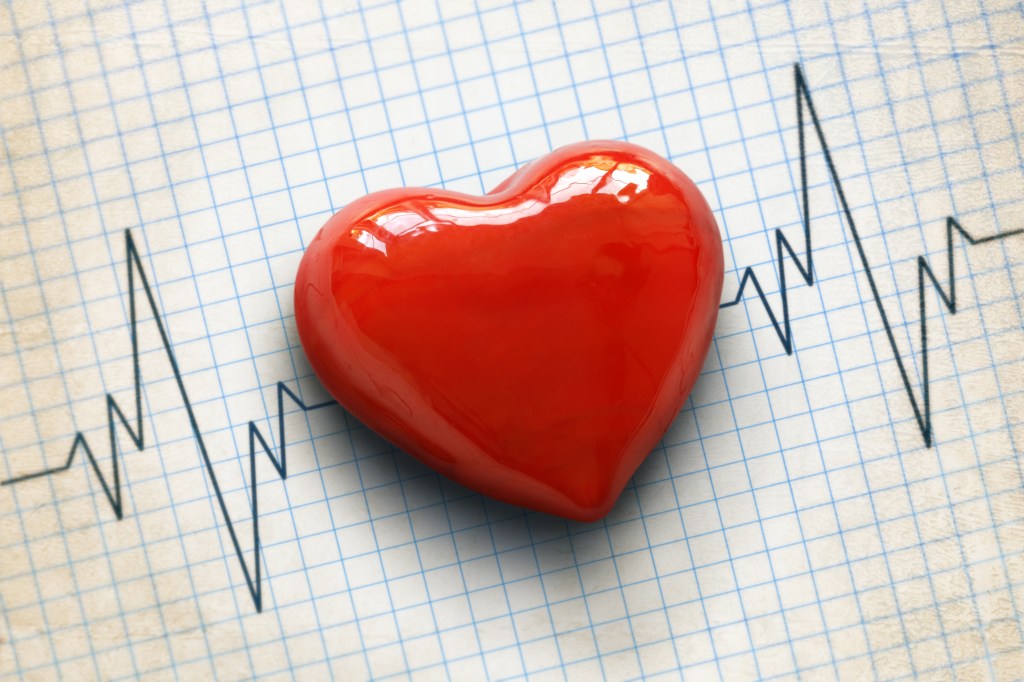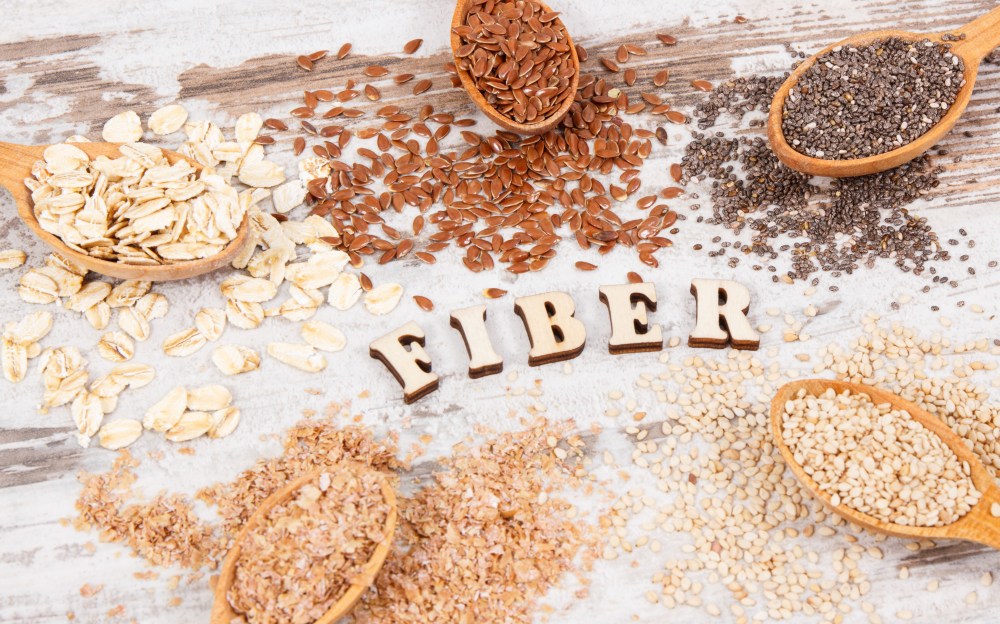At a glance
Arugula is a nutrient-dense, keto-friendly leafy green packed with vitamins, minerals, and antioxidants. As a cruciferous vegetable, arugula supports cardiovascular wellness, eye health, immune function, and skeletal integrity, while its low carbohydrate content makes it ideal for a Healthy Keto® diet.
Arugula is a cruciferous vegetable known for its delicious, peppery flavor. Sometimes referred to as garden or salad rocket, arugula is an excellent source of vitamin K and vitamin C, as well as several essential minerals.
Thanks to its exceptional nutritional profile, arugula may support immune function, blood and tissue health, and bone metabolism, and it may offer protective benefits against heart disease and certain types of cancer.
Let’s take a look at six amazing health benefits of arugula!
What is arugula?
Arugula is a leafy green vegetable, easily identified by its distinctive leaf shape. Arugula belongs to the cruciferous vegetable family, which is well-known for its numerous health benefits.
Your body is routinely exposed to environmental toxins, including pesticides, herbicides, and heavy metals.
Cruciferous vegetables such as arugula, bok choy, and cauliflower are rich sources of plant compounds that have been found to support the body’s natural detoxification processes.
These compounds support liver function by promoting biotransformation, a process in which fat-soluble toxins are converted into water-soluble forms, allowing for easier elimination from the body.
Arugula nutrition facts
According to data released by the US Department of Agriculture (USDA), 100 grams (3.5 ounces) of arugula contains:1
- 31 calories
- 0.3 g total fat
- 1.7 g protein
- 5 g total carbohydrate
- 2.3 g dietary fiber
- 7.2 g net carbs
In addition, arugula is an excellent source of various nutrients, including vitamin K, vitamin C, folate, calcium, potassium, and antioxidants that support overall health.
Watch the video below to discover six incredible arugula benefits.
Is arugula keto-friendly?
Green leafy vegetables such as arugula are packed with vitamins and minerals and contain virtually no carbohydrates, making this nutritious superfood an excellent choice for those following a Healthy Keto® diet.
Arugula is a flavorful leafy green known for its bold, peppery taste. It can be enjoyed raw with olive oil, lemon juice, or sea salt. You can also enjoy lightly cooked arugula.
Incorporating arugula into a keto diet may help reduce water retention and support electrolyte balance, addressing common side effects associated with ketogenic eating.

Six benefits of arugula
Arugula has been valued for centuries for its distinctive peppery flavor and rich nutritional profile, and has traditionally been used as a natural remedy to support digestion, stimulate appetite, and promote overall vitality.
Here are six incredible arugula health benefits.
1. May help reduce cancer risk
Arugula is a rich source of isothiocyanates, potent compounds that have been found to help neutralize carcinogens, support detoxification enzymes, and may strengthen the body’s defenses against hormone-related and digestive system cancers.
A study published in PlosOne highlights erucin, an isothiocyanate compound found in arugula and other cruciferous vegetables such as broccoli and Brussels sprouts, showing its potential role in cancer prevention both as a primary intervention and as a complementary therapy.2
2. Nutritional powerhouse
Arugula is an exceptional source of key nutrients necessary to support healthy bones, teeth, and immune system function. It’s also rich in essential minerals, including calcium, potassium, and folate.
Arugula contributes to healthy immune function with its high vitamin C content and provides beta-carotene, a precursor to vitamin A. As a carotenoid, beta-carotene plays a key role in supporting eye health, including night vision, while also offering antioxidant protection.
3. Low in oxalates
Arugula is low in oxalates, which offers a health advantage as oxalates can bind to calcium, potentially forming insoluble compounds that contribute to kidney stone formation in susceptible individuals.
With its low oxalate content, arugula supports better calcium absorption and lowers the risk of kidney stones, making it a safer choice for those concerned about oxalate-related health issues.

4. Supports cardiovascular health
Arugula supports heart health through its rich content of antioxidants, vitamins, and minerals that help reduce inflammation and improve blood circulation.
Additionally, its high vitamin K1 content plays a crucial role in maintaining healthy blood flow and preventing excessive clotting, while its nitrates may help relax blood vessels and help lower blood pressure.
5. Delicious
Adding fresh arugula to a dish enhances both its nutritional value and flavor. Arugula is highly versatile, complementing both hot and cold dishes.
This Keto Shrimps and Grits recipe pairs sautéed shrimp with cauliflower grits and garlic-infused arugula. You can also easily incorporate arugula into your favorite salad for an extra nutrient boost.
6. Supports sexual health
Evidence published in the International Journal of Chemical and Biochemical Sciences suggests that eating arugula may support libido and reproductive health.3
Nitric oxide enhances blood flow, potentially providing benefits in improving symptoms of erectile dysfunction.
Key takeaways
- Arugula is a bona fide superfood packed with vitamins C and K, folate, calcium, potassium, and various potent antioxidants.
- Regular arugula consumption supports heart health, vision, and immune function, while potentially reducing the risk of cancer due to its high isothiocyanate content.
- Compared to other leafy green vegetables, such as spinach, arugula’s low oxalate content supports balanced calcium absorption and may reduce the risk of kidney stones.
- Incorporating arugula into a Healthy Keto diet supports overall nutrient intake, which is crucial for maintaining a healthy body.
- Arugula’s peppery flavor pairs well with salads, is delicious when lightly sautéed, or can be blended into green smoothies for a convenient nutrient boost.
FAQ
1. Is arugula a superfood?
Yes, arugula is considered a superfood due to its high nutrient density, offering a rich source of vitamins, minerals, antioxidants, and anti-inflammatory compounds that support overall health.
2. Is arugula better than spinach?
Arugula can be a better option than spinach for some people, as it offers the same health benefits but contains significantly lower levels of oxalates.
High oxalate content in spinach can irritate the gallbladder and kidneys and may also interfere with the absorption of key minerals.
3. Can I eat arugula every day?
Absolutely! Arugula makes a great addition to salads and smoothies and can even be enjoyed on its own as a side dish. If the peppery flavor is too bold for your taste, try blending it with milder greens for a more balanced flavor.
4. What are the health benefits of arugula?
Arugula is a nutrient-packed, low-calorie vegetable rich in potassium, magnesium, folate, vitamin K, and vitamin C. It supports immune function, promotes cardiovascular health, and may even aid in cancer prevention.
Additionally, its high fiber content makes it an excellent choice for maintaining a healthy gut.
5. Can I have arugula on Healthy Keto®?
Yes, arugula is an excellent choice for a Healthy Keto® diet. It is low in carbs and high in nutrients, making it a perfect addition to salads, smoothies, and other keto-friendly dishes.
6. Is arugula high in oxalates?
No, arugula is considered low in oxalates compared to many other leafy greens like spinach or Swiss chard, making it a good choice for individuals who need to limit oxalate intake.
7. Is arugula low FODMAP?
Yes, arugula is considered a low FODMAP, making it suitable for those following a low FODMAP diet to manage symptoms of irritable bowel syndrome (IBS) or other digestive sensitivities.
8. What does arugula taste like?
Arugula has a peppery and spicy flavor with a hint of sweetness.
9. Is arugula good cooked?
Yes, you can sauté arugula leaves with olive oil and sea salt for a tasty side dish.
10. Is arugula a cruciferous vegetable?
Arugula, also known as garden rocket or salad rocket, is a leafy green vegetable from the cruciferous family, which includes nutrient-rich plants like broccoli, kale, and Brussels sprouts.
11. Is arugula good for bone health?
Arugula is a rich source of calcium and vitamin K, two essential nutrients that play a key role in maintaining strong, healthy bones.
Sources
- https://fdc.nal.usda.gov/food-details/2710822/nutrients ?
- https://journals.plos.org/plosone/article?id=10.1371/journal.pone.0100599 ?
- https://www.iscientific.org/wp-content/uploads/2019/09/9-IJCBS-15-08-09.pdf ?













